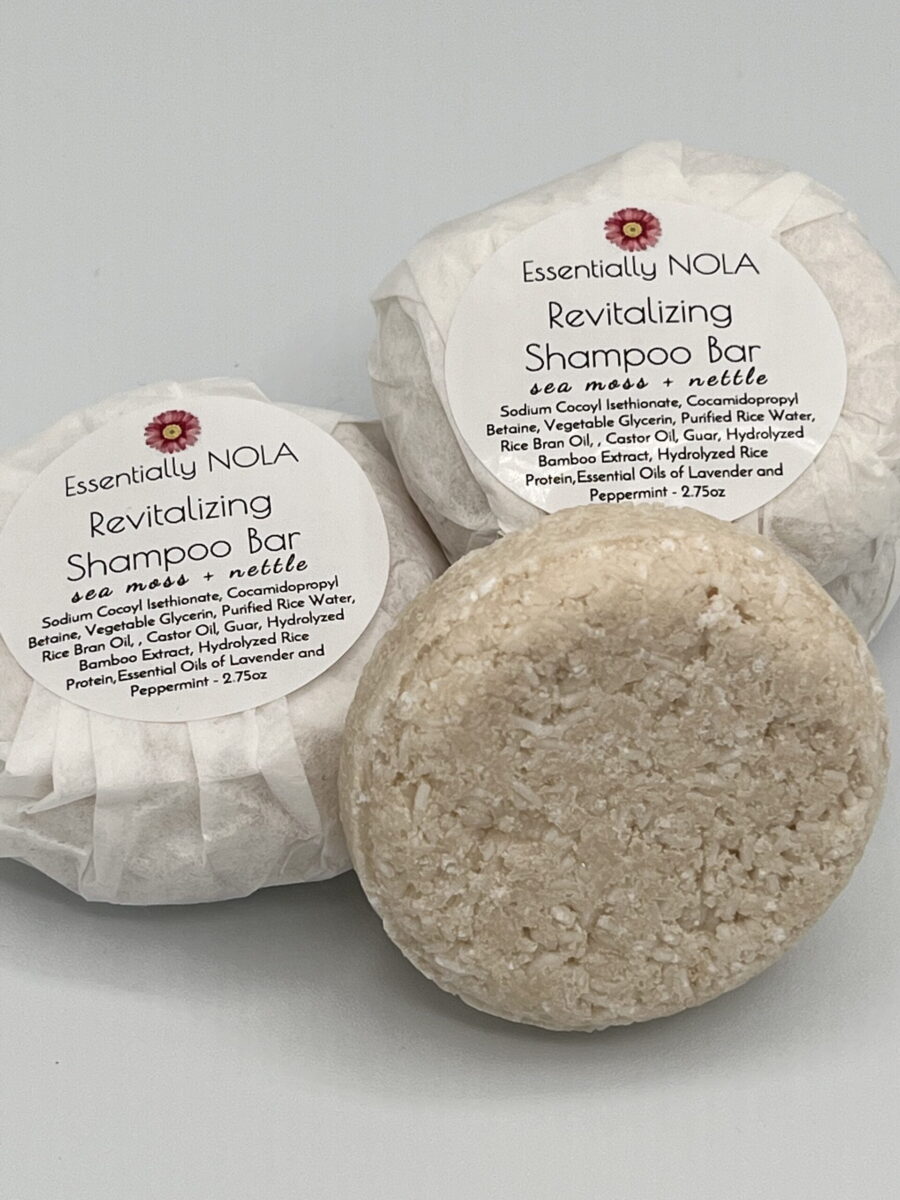
Menu
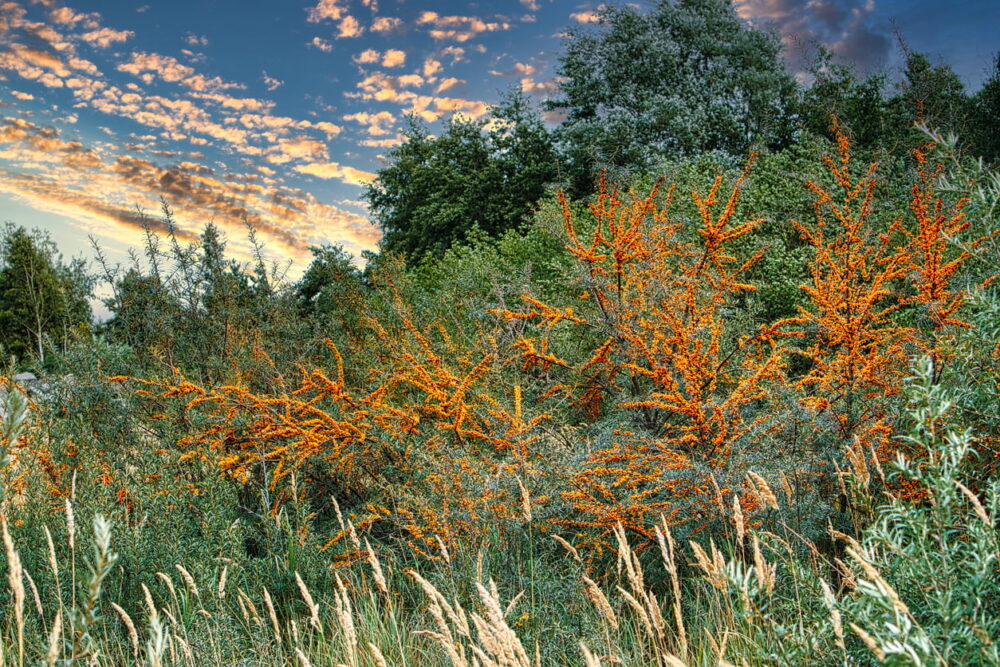
For those considering adding sea buckthorn to their garden, landscape, or commercial crops, there are often questions about its care, benefits, and suitability for specific conditions. Here, I answer some of the most frequently asked questions I have received over the years about sea buckthorn and how it grows.
Sea buckthorn is a hardy plant that can tolerate a wide range of temperatures, from freezing winters to hot summers. It’s native to Europe and Asia and is often found in colder climates. Some sea buckthorn cultivars can grow in zones 2-7, but generally, it thrives best between zones 3-6. To determine if it’s right for your zone, consult this plant hardiness zone map for North America, which provides zones based on average minimum winter temperatures.

Yes, sea buckthorn is dioecious, which means there are separate male and female plants. Only female plants produce berries, but they require a male for pollination.
No, sea buckthorn primarily relies on wind for pollination. The female flowers capture the pollen carried by the wind from the male plants. While the plants may attract some insects, they don’t play a significant role in the pollination process as the flowers do not produce nectar and have little to offer in terms of attracting pollinators like bees.
One male plant can pollinate up to 6-8 female plants. However, for best fruiting results, planting more male plants in the vicinity can ensure adequate pollination.
Several factors can affect the growth of sea buckthorn, including inadequate sunlight, poor soil conditions, insufficient watering, or pests/diseases. Ensure your plant receives full sunlight and regular doses of good compost, check the soil for proper drainage and pH, and watch for signs of pests or diseases. Also, read this article to understand further what common pests and diseases affect sea buckthorn in North America.
Sea buckthorn is adaptable to a variety of soil types, but it thrives in well-draining, fertile soils. While it can tolerate some salinity, excessively saline or waterlogged soils can hinder its growth. Heavy clay-based soils and arid, rocky soils are not generally acceptable for growing much, and sea buckthorn is no exception.
While sea buckthorn is resilient, its ability to regrow after being mowed over depends on the extent of the damage. If the roots remain intact, they may sprout new growth. Monitor the plant and provide proper care to encourage recovery. Adding brightly coloured pegs around the plant will avoid this happening again.
In most cases, it is only the very hungry or very daring who are willing to take the sharp thorns in exchange for the tender and delicious spring growth. To deter deer, consider using deer-resistant fencing, applying deer repellents, or planting deer-resistant plants around your sea buckthorn to act as a natural barrier. In commercial-sized plantations, adding a dense barrier hedge of male sea buckthorn shrubs that grow more aggressive thorns will discourage the deer from munching on the more tendre branches of female plants. This practice will prevent the precious loss of berry production while maximizing pollination.
While sea buckthorn is relatively low-maintenance, applying a balanced slow-release fertilizer in spring can boost its growth and fruit production. I always recommend a nutrient-dense natural compost. Ideally, well-composted chicken manure with bedding shavings to get your young plants started. However, horse or sheep bedding manure works very well once the shrubs are well established, as there is less need for the abundant nitrogen in chicken compost. A recommended best practice is to give each plant a shovel or two of compost once a year to maintain a well-balanced soil.
Watering needs vary based on climate and soil type. In general, water young plants regularly until established. Once mature, sea buckthorn is drought-tolerant but benefits from occasional deep watering during extended dry spells. Studies show that regular watering during the hot, dry months can increase the size and yield of your harvest.
Yes, sea buckthorn can be grown in pots, provided they’re large enough and strong enough to prevent the roots from penetrating the sides, and have good drainage. Ensure the soil remains moist but not waterlogged, and place the pot in a location receiving full sunlight. Regularly adding nutrients and cutting back rhizomatic growth is crucial to ensure the shrubs continue to prosper.
In a nutshell, sea buckthorn berries are nutrient-rich, offering vitamins C, E, and A, as well as essential fatty acids and antioxidants. They can support immune function, skin health, and cardiovascular wellness. Additionally, they have anti-inflammatory properties.
Sea buckthorn berries have a tart (think cranberry-level tartness), tangy flavour, somewhat reminiscent of citrus fruits with a bit of mango. They are next-level delicious when lightly sweetened and can be used in various recipes. Find inspiration for great ways to use sea buckthorn in my recipe blog.
Growing sea buckthorn can be a rewarding experience, both for its ornamental beauty and the health benefits it offers. By understanding its needs and providing the right care, you can enjoy a bountiful harvest of these golden berries in your garden.
BENEFITS
With 70% of our immune system residing in our gut, what we put into it, counts! Sea buckthorn juice is known to help achieve balanced nutrient intake, cold and flu resistance and increased energy levels. It’s inflammation reducing antioxidants help athletes fight body fatigue, and the balanced Omegas fatty acids 3 – 6, 7* & 9, are considered to have a clear role in the prevention and healing of certain Atopic disorders.
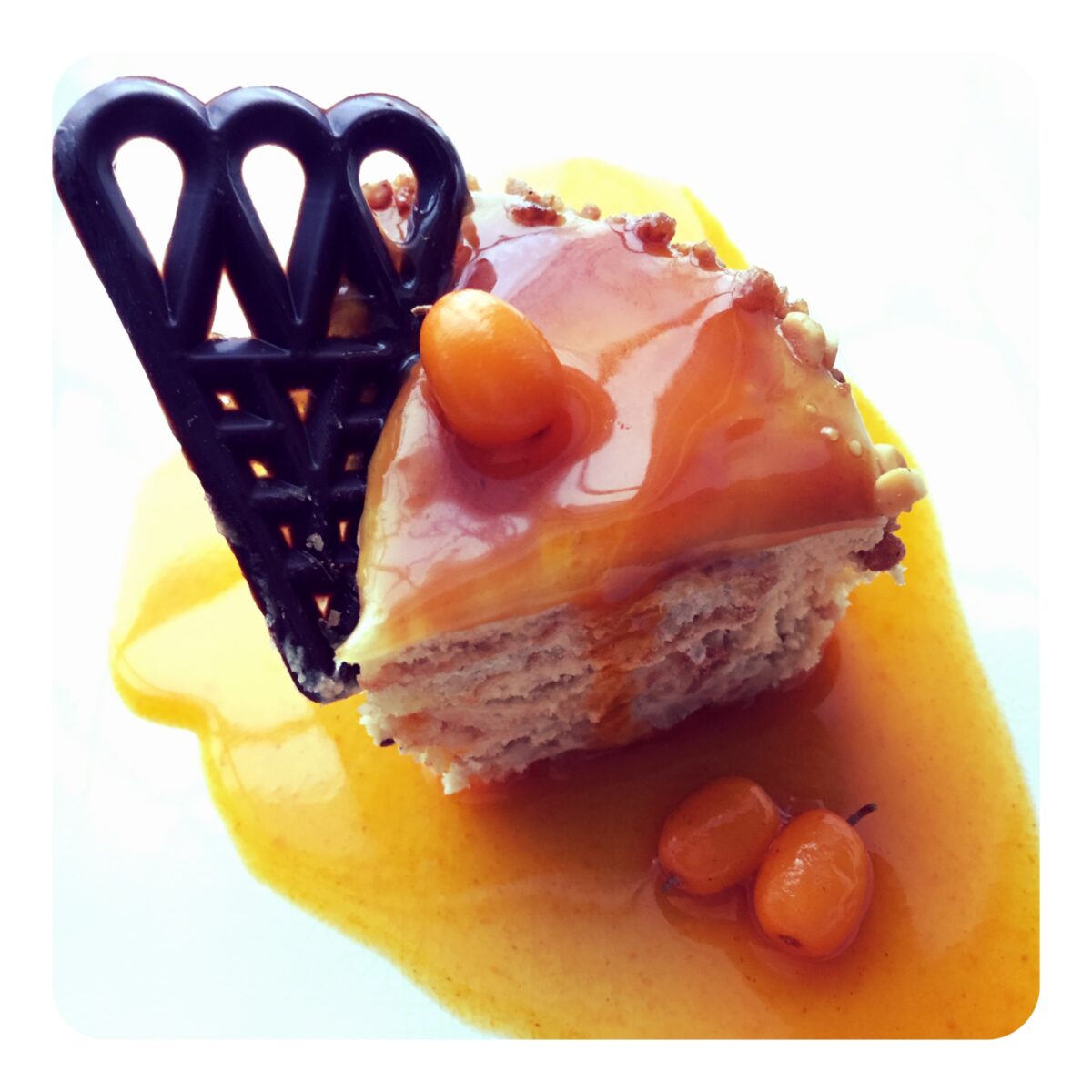
Sea buckthorn coulis
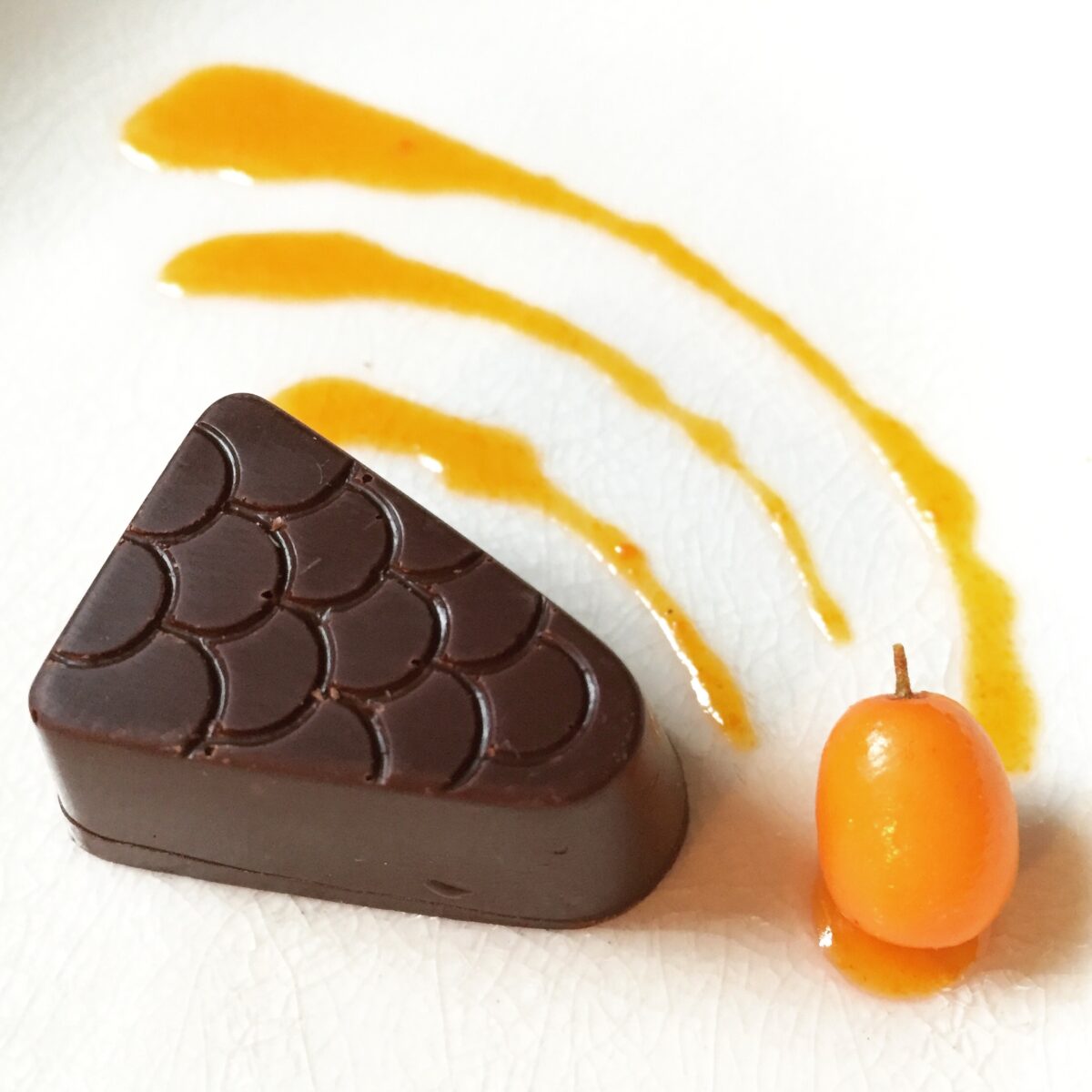
Delicious Sea buckthorn ganache inside dark chocolat shell.

Halibut with sea buckthorn, tomato and sea beans.
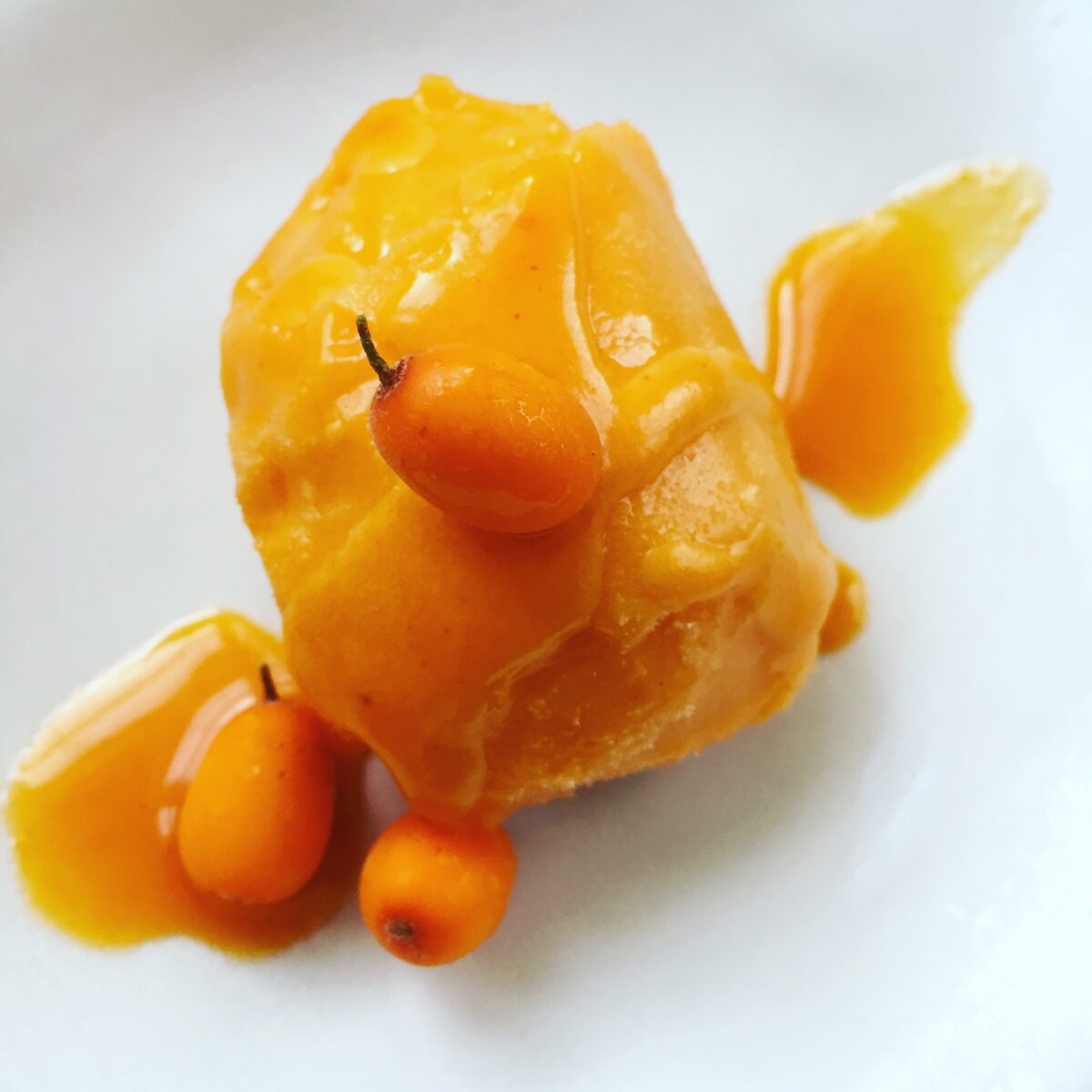
Homemade Seaberry sorbet.
 Frozen Sea Buckthorn berries (IQF)
Frozen Sea Buckthorn berries (IQF)
 Sea Buckthorn Shrubs | cultivar: LORD
Sea Buckthorn Shrubs | cultivar: LORD
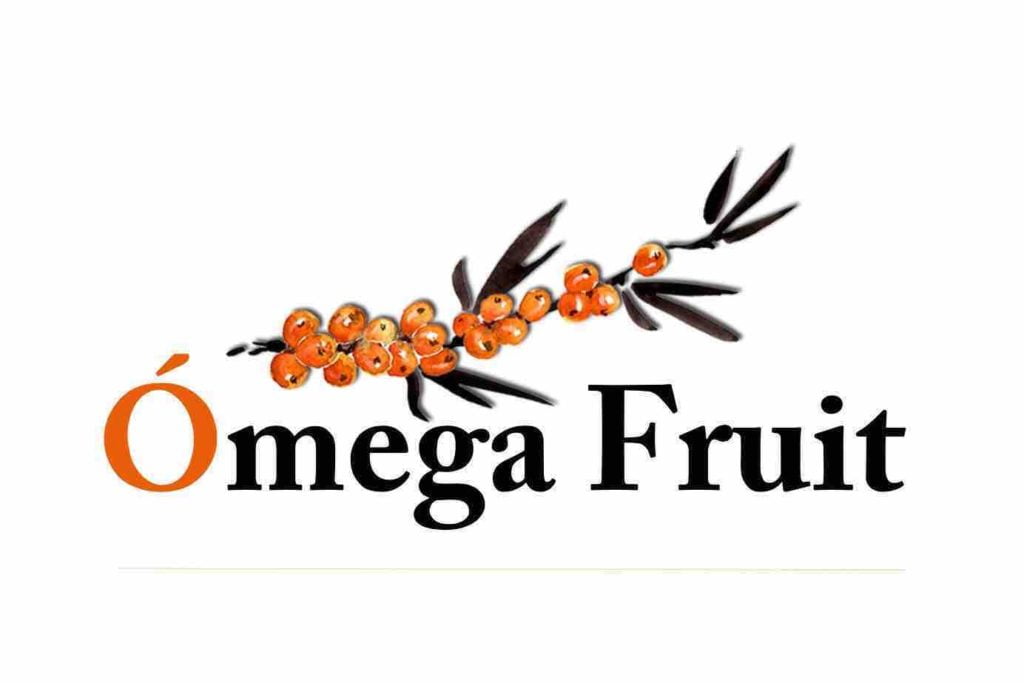
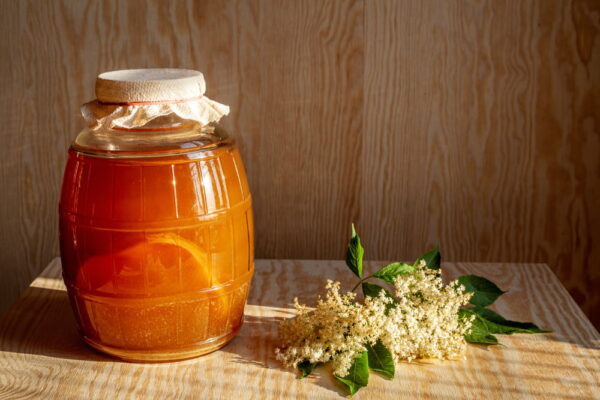
A Brief History of Kombucha Centuries before we could identify probiotic microbes with microscopes, people were fermenting

Add a healthy punch to your summer cocktails Summer is perfect for patio chit-chats with close

Should Sea Buckthorn be considered a natural supplement? In the vast landscape of natural supplements, Sea